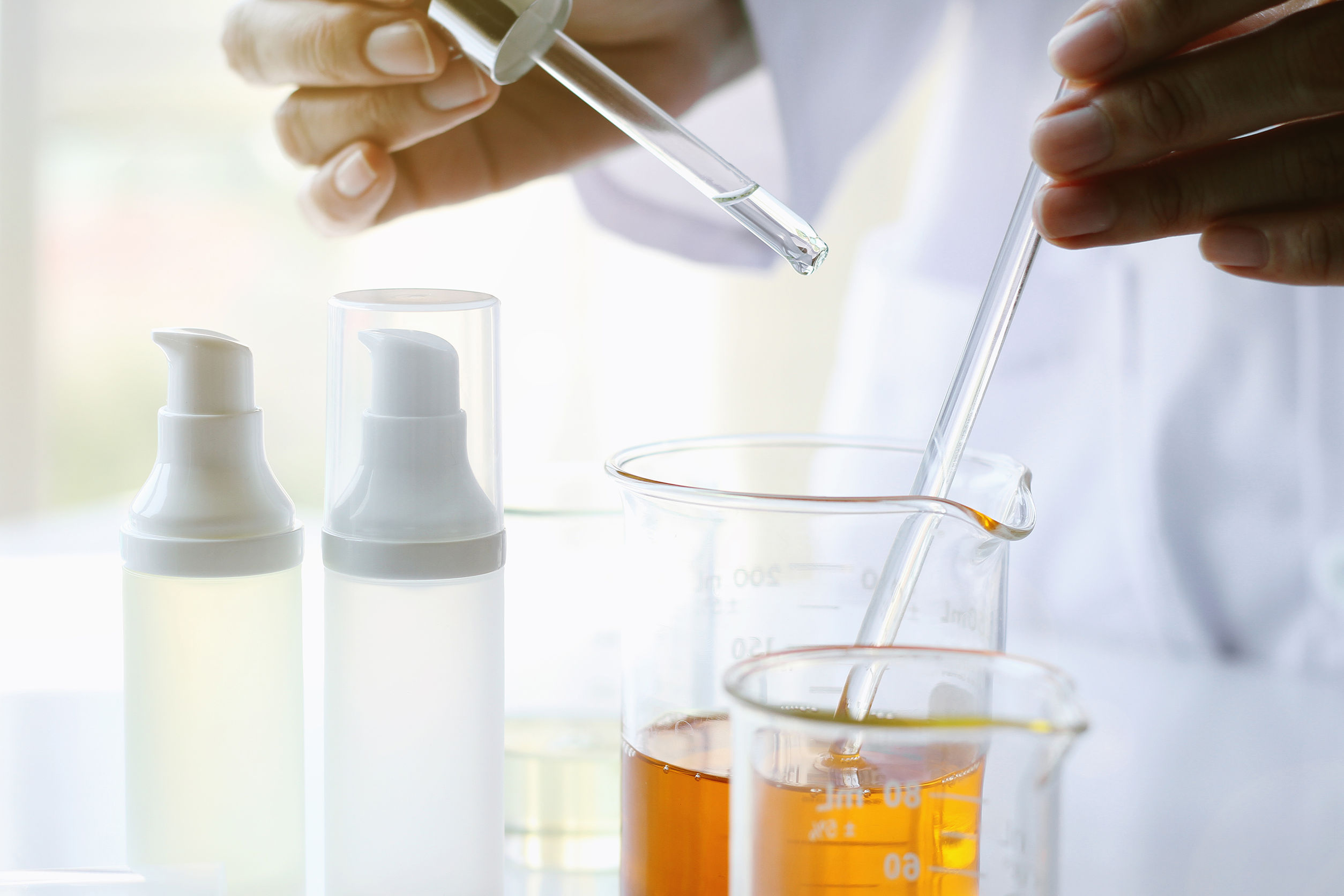
Why It’s Important to Work with FDA Compliance Consultants
The Food & Drug Administration (FDA) has a standardized set of principles that ensure the safety and consistency of pharmaceutical and cosmetic products. Being compliant with the FDA means that products are safe to use and properly labeled. FDA compliance isn’t something that should be overlooked or taken lightly. Otherwise,







